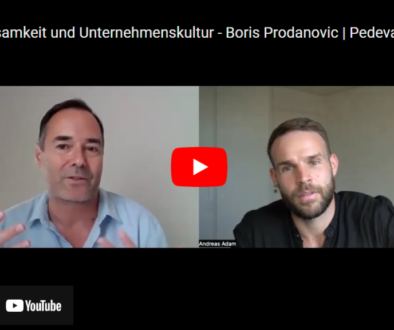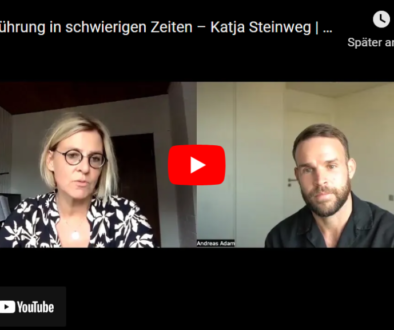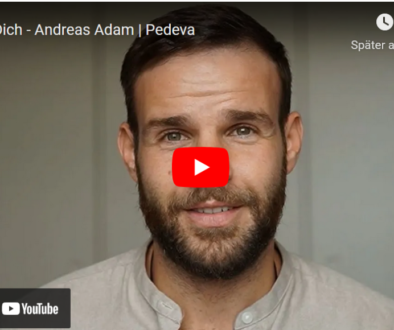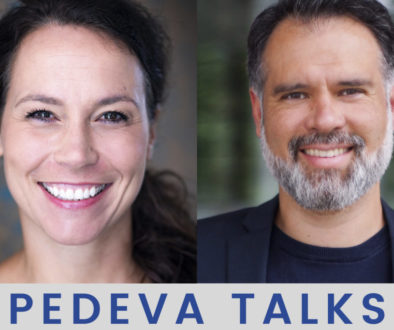Re-thinking personnel diagnostics
Personnel diagnostics is an integral part of personal and organizational development. However, the requirements for reflection using personnel diagnostic instruments are changing at a rapid pace.
New business models are constantly emerging against the background of increasingly global and dynamic markets.
Setting the bar high for their own leadership standards while at the same time striving to satisfy all stakeholder needs, does mean for managers a veritable „slalom race“.
What does this fast pace mean for the effectiveness and applicability of personnel diagnostic procedures?
Updated business model as a basis
Personnel diagnostic measures should aim at preparing employees for increasing dynamics in the respective professional environment as well as the organization.
It requires a clear picture of the current situation and a comparison of realities within the company, within the industry and the global economic situation. In consequence, the business model must be adapted to the ever-changing framework conditions and constantly kept up to date.
This forms the basis for an appropriate catalog of criteria for a professional selection process or analysis of potential, whether management audit or individual assessment. Without a clear view of changing realities and the requirements derived from them, personnel decisions are made all too often hastily and turn out to be wrong.
A people-centric approach
Nevertheless, despite all the hard facts, the focus must be always on people. In times of high fluctuation and dwindling identification, the right fit of the employee with the company, especially when it comes to emotional connection and motivation, is increasingly importance.
In this context, an intensive study of the strengths and weaknesses of the company is fundamental. Ultimately, HR decision-makers should ask themselves why the candidate should want to work in their company. Do you offer perspectives that are attractive to the candidate?
What about the corporate culture? Do you lead by example and live your values?
A practical example
A medium-sized company in the commercial service segment with around 500 employees is looking for a technical manager. In addition to the classic professional requirements, such as the commercial license, there are other, more generic criteria that need to be considered.
If we now simply adapt those classic criteria into the job specifications, we are moving back in time twenty years.
State-of-the-art would be an analysis of the current business model, as well as an assessment of the task as well as all stakeholders involved.
And now it gets exciting. Because it’s not simply a question of whether a candidate fits the role and responsibility. Rather, the focus is on whether the personal preferences and tendencies of the future employee match the company environment, the task, and the perspective. What is it the client would have to change in order to create ideal conditions for success?
Personnel diagnostics is only as good as the client
In this practical case, the client decided to have himself audited. The result showed that he had difficulties in delegating and tended towards micromanagement. In addition, there was a certain lack of empathy. His leadership style harbored the potential for conflict and misunderstandings.
As a result of the audit, the catalog of requirements originally planned for the technical management was rewritten. The leadership style and corporate culture, the task and the candidate profile were now clearly defined.
Successful personnel diagnostics must be application-oriented and concentrate on the actual challenges of the company. Ultimately, it is always about bringing people and organizations together, in their respective authenticity and with the clear vision to be able to grow together and add value.

Author Lars Oliver Bialek
Lars Oliver Bialek background lies in the hotel and tourism industry. Not least because of this, his approach is based on service orientation, a hands-on pragmatism, and excellent people skills.
Learn more here: Lars Oliver Bialek


















